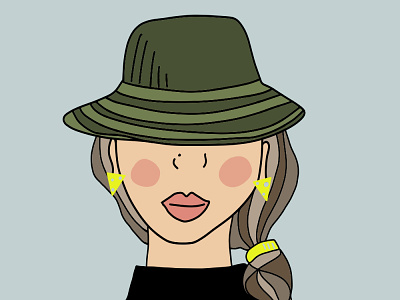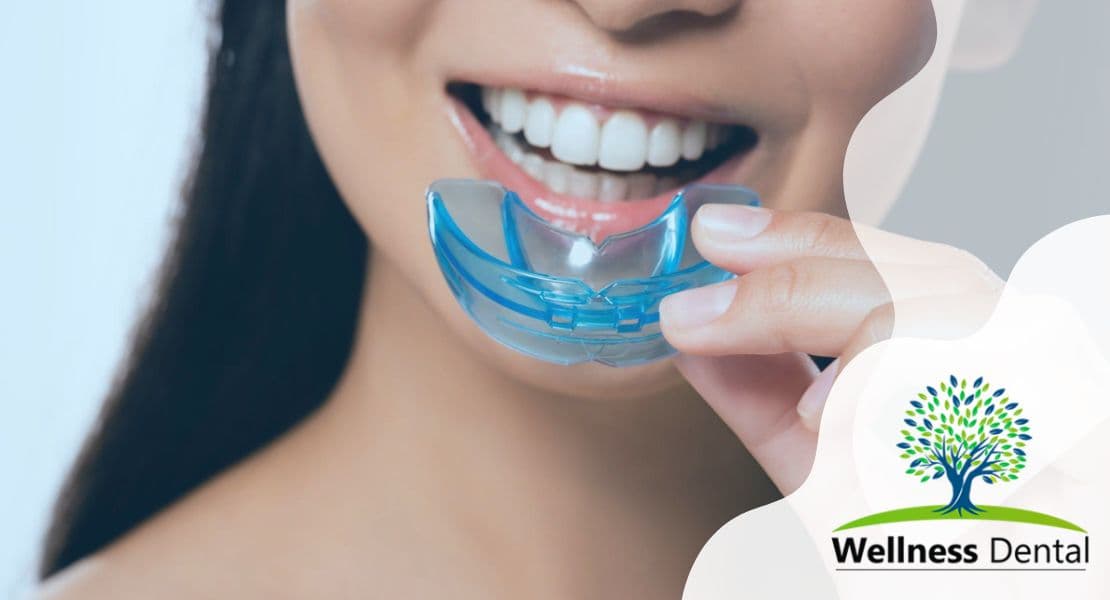Mamelons are the little rounded bumps on the edges of your incisor teeth, in kids and adults. They are a natural part of the development of your permanent incisors and are usually 3 on each tooth. They wear down with normal chewing and use of the teeth.
But in some cases, the mamelons don’t wear down completely and that can be a cosmetic concern for some people. In that case, tooth reshaping or dental contouring can be done to smooth out those ridges and give a more even edge to the teeth. These cosmetic procedures are painless and done by cosmetic dentists and can help you get a beautiful smile.
On which teeth do mamelons appear?
Mamelons are found on specific teeth, in primary and permanent dentition. These little rounded bumps are mostly seen on the front teeth, specifically the central and lateral incisors. Humans have 8 incisors, 4 in the upper jaw and 4 in the lower jaw. These teeth, especially the incisors, are used to cut into food and are a big part of your smile. Mamelons can be seen on primary and permanent incisors, usually 3 little bumps on the edge of the tooth.
In primary dentition, these mamelons are more prominent and are usually seen on newly erupted baby teeth. They are transient and wear down as the child grows and uses their teeth for normal chewing. When permanent incisors erupt, mamelons may also be seen, but are less prominent and wear down with normal tooth wear over time.
Having mamelons on the front teeth is not a health concern. But some people may have cosmetic concerns about the appearance of those ridges on their teeth. Cosmetic dentistry procedures like tooth reshaping or dental contouring can be done to address that cosmetic issue and give a more even edge to the incisors. Consult a dental professional to discuss your dental concerns and get the best treatment.
Why do mamelons appear?
Mamelons are the little bumps on the edge of newly erupted permanent incisors. They are formed during the process of tooth development and eruption.
Tooth development starts during prenatal stage, with the formation of the primary teeth or baby teeth. These teeth start to develop before birth and continue to erupt during infancy and childhood. During this time, the permanent teeth are also forming beneath the gums.
When the permanent teeth are ready to erupt, they push through the gum tissue and come out into the oral cavity. As they erupt, the enamel, which is the outer layer of the teeth, forms in layers. The enamel layers correspond to the different stages of tooth development and are seen as mamelons on the incisor teeth.
Mamelons wear down naturally over time through normal chewing and biting. But in some cases, they may persist into adulthood due to delayed tooth eruption or occlusion discrepancies. Delayed tooth eruption can happen if there are obstacles preventing the teeth from coming out properly. Occlusion discrepancies like misalignment or malocclusion can also cause mamelons to persist.
In summary, mamelons are formed during tooth development and eruption. While they are usually transient, they can persist into adulthood for reasons like delayed tooth eruption or occlusion discrepancies. Regular dental check-ups can help identify dental concerns related to mamelons and get the best treatment options from a dental professional.
What is the treatment for mamelon teeth?
Mamelon teeth are small rounded bumps on the edge of the teeth. While these are normal in children, they are more prominent and visible in some people and are a cosmetic concern. Good news is there are treatment options for mamelon teeth and get a more beautiful smile.
One of the procedures to smooth out mamelon teeth is tooth shaving or tooth reshaping. This cosmetic dentistry procedure involves removing a small amount of enamel from the tooth surface to get a more even and symmetrical look. Tooth shaving is painless and can be done in one dental visit.
The cost of tooth shaving for mamelons can vary depending on the complexity of the case and location. Cosmetic procedures like this are not usually covered by dental insurance. So it’s best to check with your insurance provider if there’s any coverage.
Mamelon teeth can be a cosmetic concern for many but with tooth shaving, you can have a beautiful and healthy smile. Consult a dental professional specializing in cosmetic dentistry to get the best treatment option for mamelon teeth and get an estimate of the cost. With the right dental treatment, anyone can have straight healthy teeth and a confident beautiful smile.
How to prevent mamelons?
Preventing mamelons can be done through a combination of diet and natural smoothing. A diet rich in crunchy fruits, vegetables and healthy proteins can help in natural smoothing.
Eat crunchy foods like apples, carrots and celery can help remove any irregularities on the edges of the teeth including mamelons. These foods are natural abrasives that gently scrub the teeth and smooth out the surface. Lean meats, fish and legumes are also good sources of nutrients for healthy tooth development.
Dentists usually take a wait and see approach with mamelons as they usually smooth out on their own as the permanent incisors fully erupt. But for those who have cosmetic concerns, dental professionals can do a simple and painless procedure called tooth recontouring or cosmetic contouring.
The dental professional will reshape the edges of the teeth including the mamelon ridges to get a more even and symmetrical look. This cosmetic procedure can address any dental concerns and get a beautiful smile.
In summary, preventing mamelons can be done through diet and natural smoothing. Eat crunchy fruits, vegetables and healthy proteins can help in natural smoothing. Dentists usually take a wait and see approach but for those with cosmetic concerns, tooth recontouring is an option.
Mamelon Teeth FAQ
What age do mamelons appear?
Mamelons appear in children as they grow their permanent incisors. These small rounded bumps on the edges of the teeth can be more prominent in some and can be a cosmetic concern. Mamelons are part of tooth development but may not smooth out on its own for everyone.
What causes mamelons on teeth?
Mamelons are small bumps or ridges that appear on the edges of newly erupted permanent incisors. It is formed during tooth development as separate lobes of enamel that fuse together and usually wear down naturally over time with normal use of the teeth.
Why I still have mamelons at 16?
Mamelons are present in children as their permanent incisors grow in. These small rounded bumps on the edges of the teeth can vary in size and prominence from person to person. Mamelons usually smooth out on their own as the teeth are used for chewing and biting but some may still have noticeable mamelons well into their teenage years.
How to fix mamelons?
Getting treatment for mamelons is a common concern for those who want to have a more uniform and beautiful smile. Consult a dental professional specializing in cosmetic dentistry to get the best treatment option.
Are mamelons normal in adults?
Mamelons are more common in children as their permanent incisors grow in but it’s not unusual for adults to still have noticeable mamelons. These small rounded bumps on the edges of the teeth can vary in size and prominence from person to person and can be a cosmetic concern for some.
Why are mamelons present in permanent teeth?
Mamelons are present in permanent teeth because of how they are formed during tooth development. These small bumps or ridges on the edges of newly erupted incisors are formed from separate lobes of enamel that fuse together. Mamelons are part of tooth development but may not wear down naturally for everyone.
When do mamelons teeth go away?
Mamelons wear down and disappear gradually during childhood and adolescence. This happens naturally through normal biting, chewing and contact with opposing teeth. But the timing can vary from person to person, some may still have visible mamelons in adulthood if their teeth has less wear or if they have a specific bite.






